If you're a homeowner looking to enhance your lawn's appearance, installing new sod is an excellent option. It's a quick and easy way to achieve a lush and green lawn without waiting for seeds to grow. However, before diving into the process, there are a few things you should consider to ensure a successful installation. In this article, we'll discuss the top three things homeowners should consider when installing new sod.
Soil Quality
The first thing to consider when installing new sod is the quality of your soil. The soil should be tested to determine its pH level, nutrient content, and drainage. Most sod requires a pH level of between 6.0 and 7.0, and soil nutrients should be balanced. If the soil is too acidic, it will affect the sod's growth, and if it's too alkaline, the sod may struggle to establish roots. Drainage is also an essential factor to consider since excess water can lead to root rot, while insufficient drainage can cause dry spots in your lawn.
If your soil is not ideal, you can amend it by adding compost or other organic matter. This will improve soil structure and drainage, which will help your sod grow healthy and strong.
Average cost: Soil testing typically costs around $100 to $200, while amending the soil can cost between $500 to $1,000 for an average-sized lawn.
Sun and Shade Requirements
Another crucial factor to consider when installing new sod is the amount of sun and shade your lawn receives. Different types of sod have different sun and shade requirements, and it's essential to select the right sod for your lawn's conditions. For example, if your lawn receives a lot of direct sunlight, you'll want to choose a sod variety that's tolerant of heat and drought. On the other hand, if your lawn is mostly shaded, you'll want a sod variety that's tolerant of shade and cooler temperatures.
It's essential to note that even if your lawn is mostly shaded, your new sod will still need a minimum of four hours of direct sunlight per day to thrive.
Average cost: The cost of sod can vary greatly depending on the type and quality of the sod you choose. On average, homeowners can expect to pay between $0.30 to $0.80 per square foot for sod.
Watering and Maintenance
Finally, homeowners should consider the watering and maintenance requirements of their new sod. Proper watering and maintenance are essential for establishing healthy roots and ensuring that the sod grows evenly. Generally, newly installed sod should be watered daily for the first two weeks, and then gradually reduced to once a week over the next several weeks.
It's also important to keep foot traffic to a minimum for the first few weeks to allow the sod to establish roots. Fertilizing is also necessary for healthy growth, and it's recommended to fertilize your lawn four to six times per year.
Average cost: Homeowners can expect to spend between $50 to $100 per year on fertilizer for an average-sized lawn.
Installing new sod can be an excellent way to improve your lawn's appearance quickly, but it's essential to consider the above factors before diving into the process. By ensuring that your soil is of good quality, selecting the right sod variety for your lawn's conditions, and properly watering and maintaining your new sod, you'll be able to enjoy a beautiful and healthy lawn for years to come.
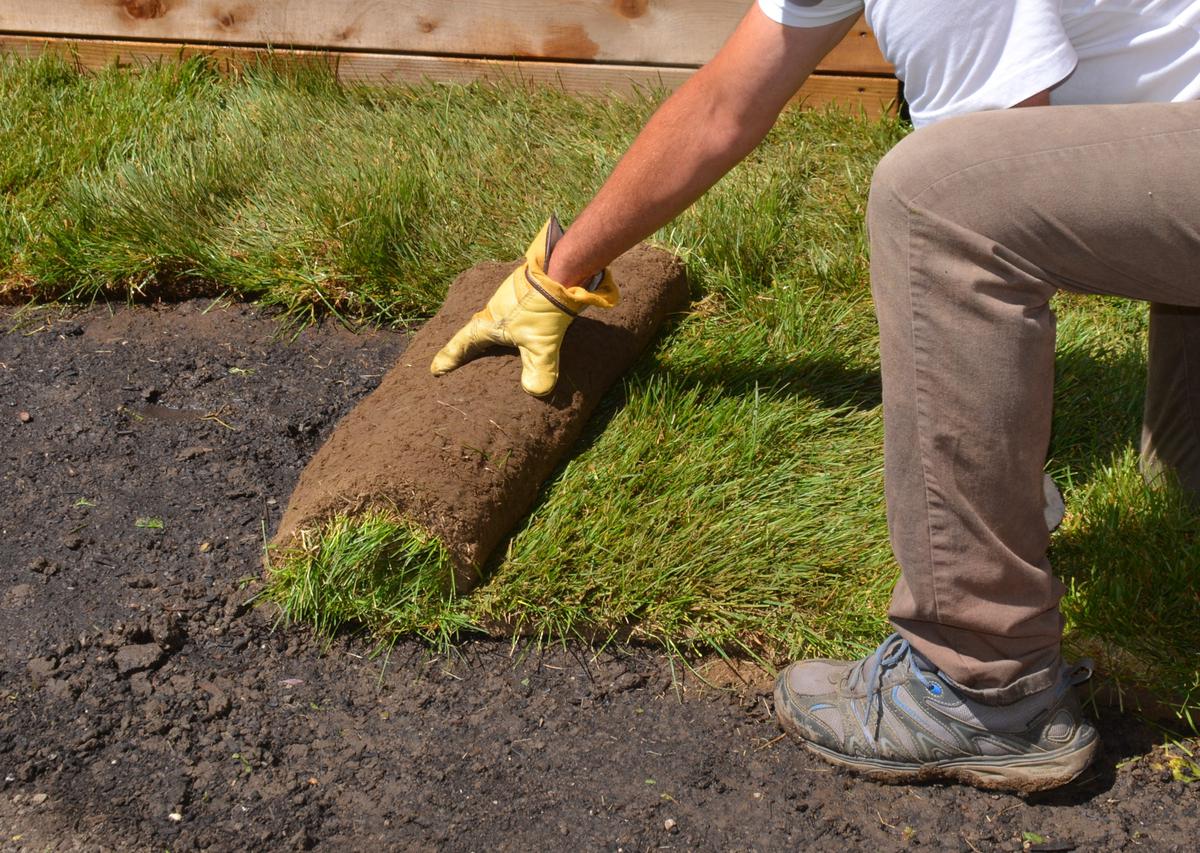

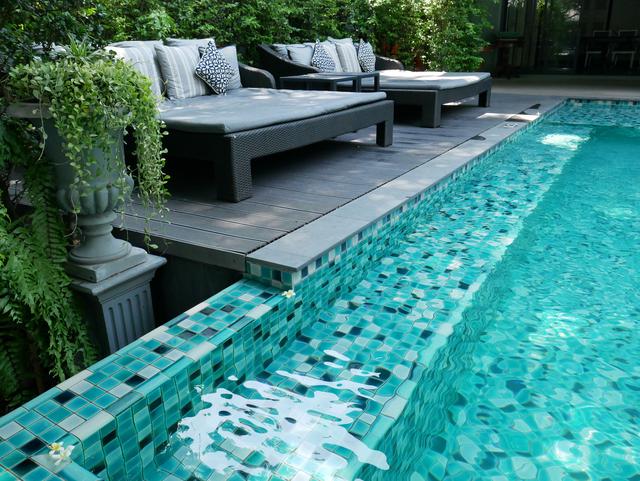
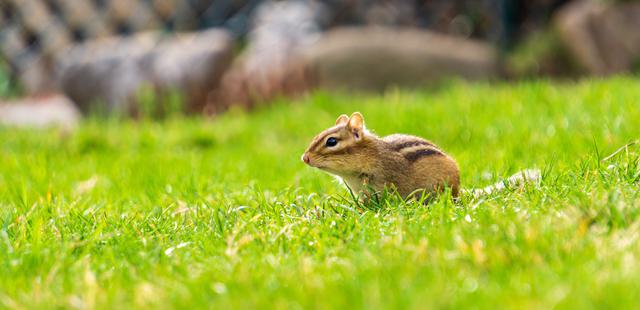
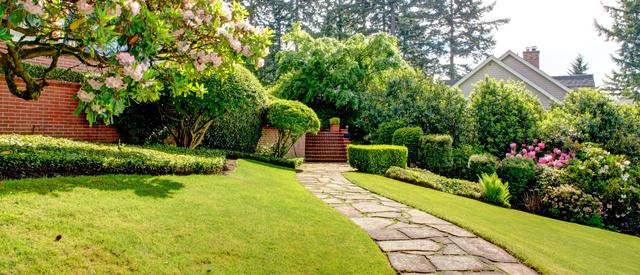
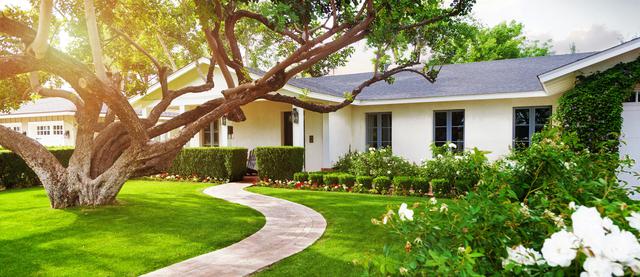
comments